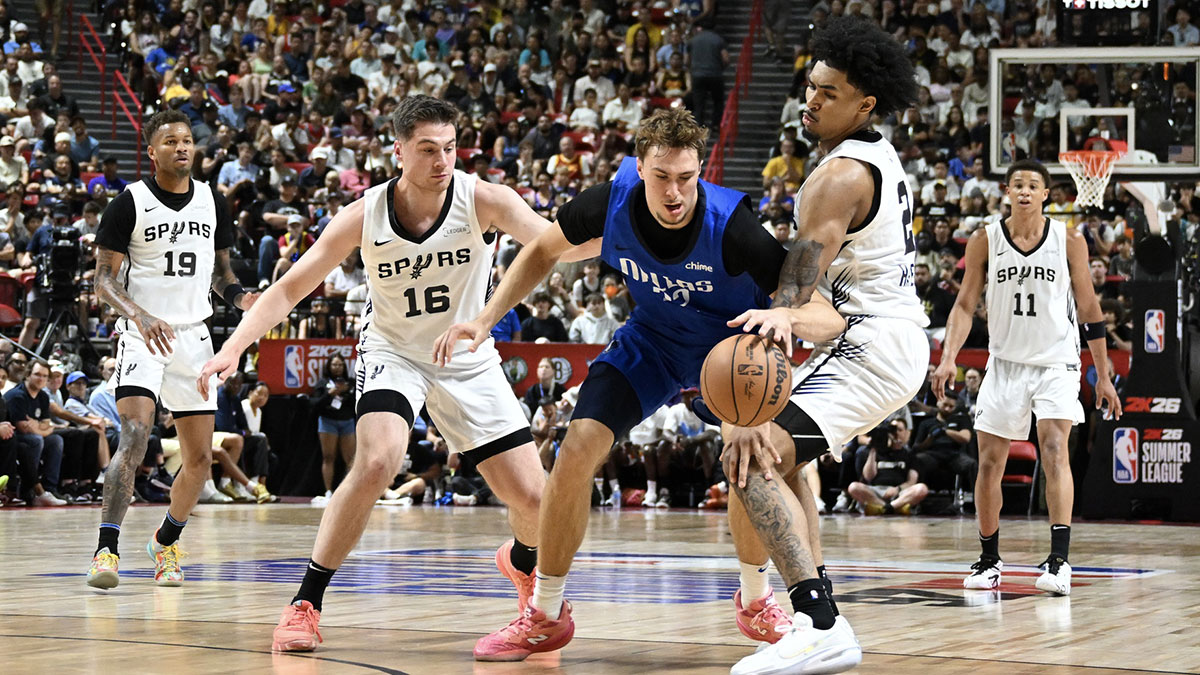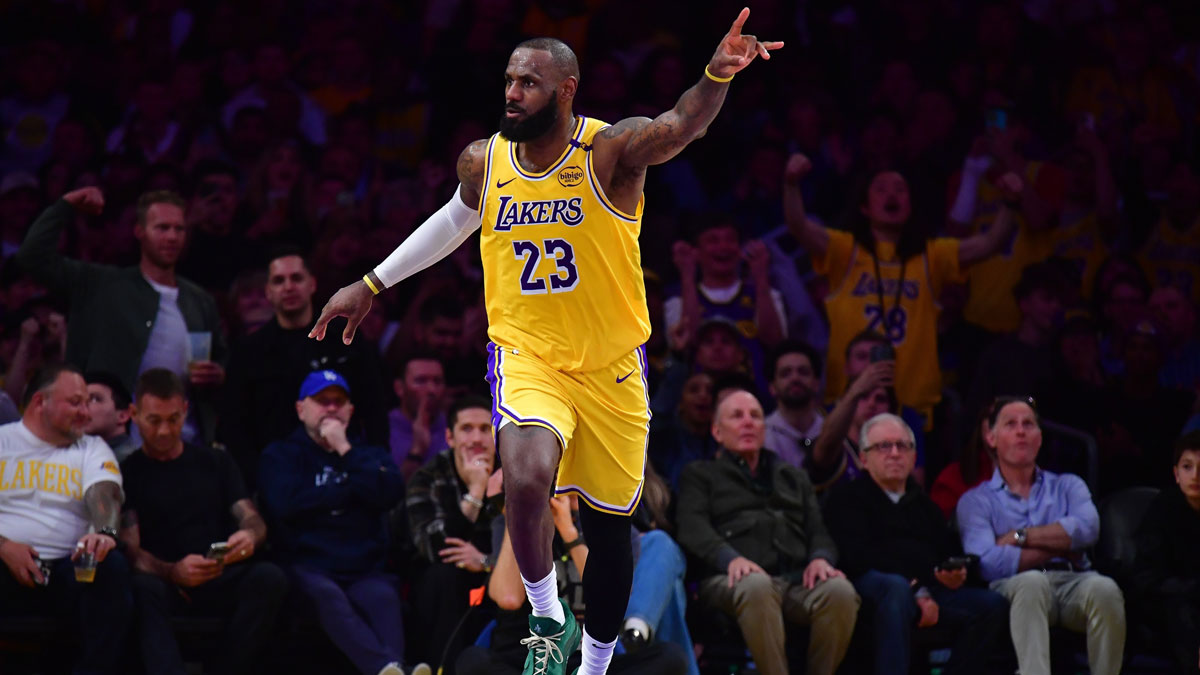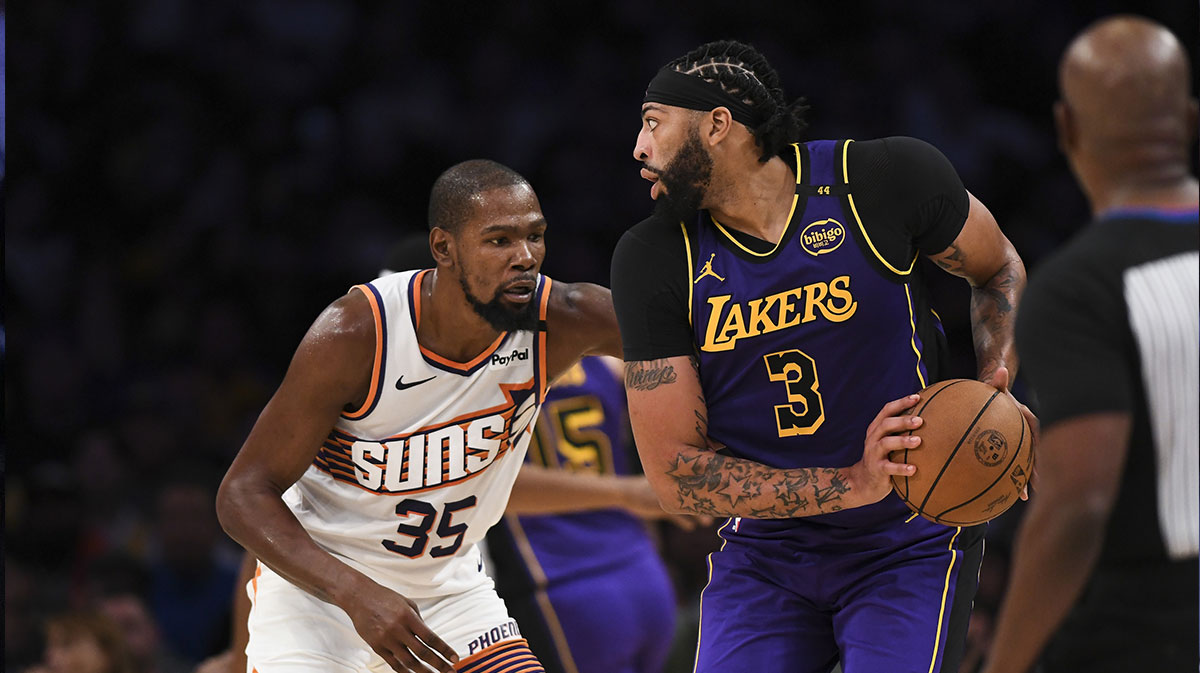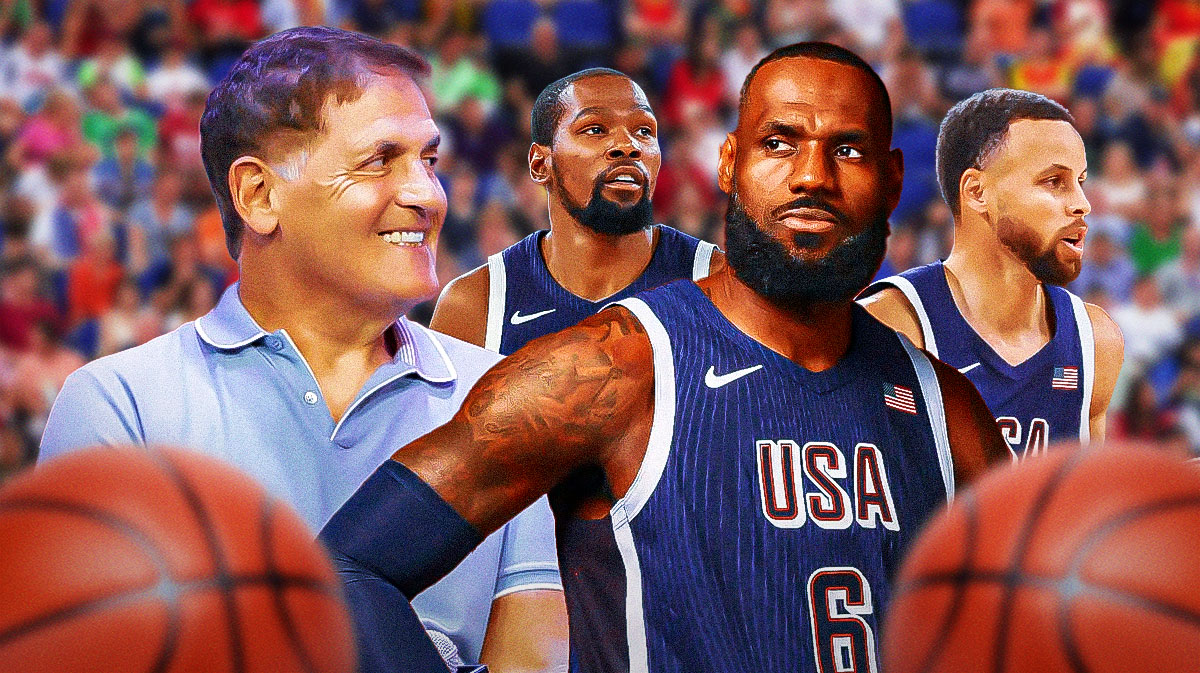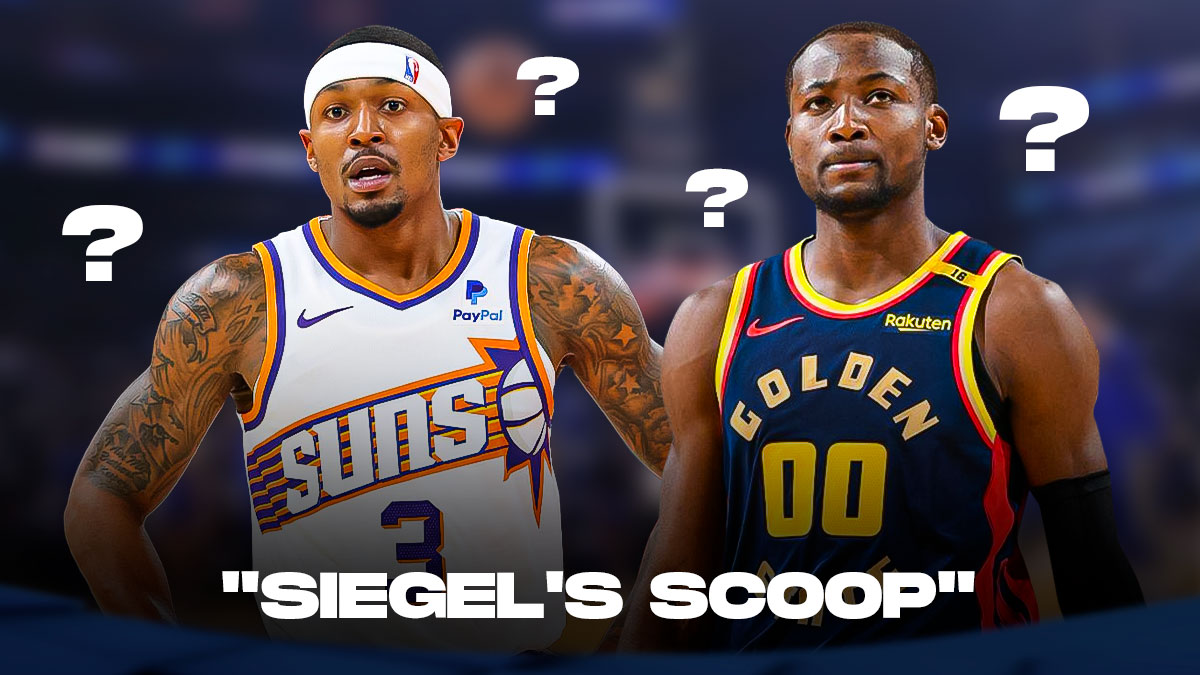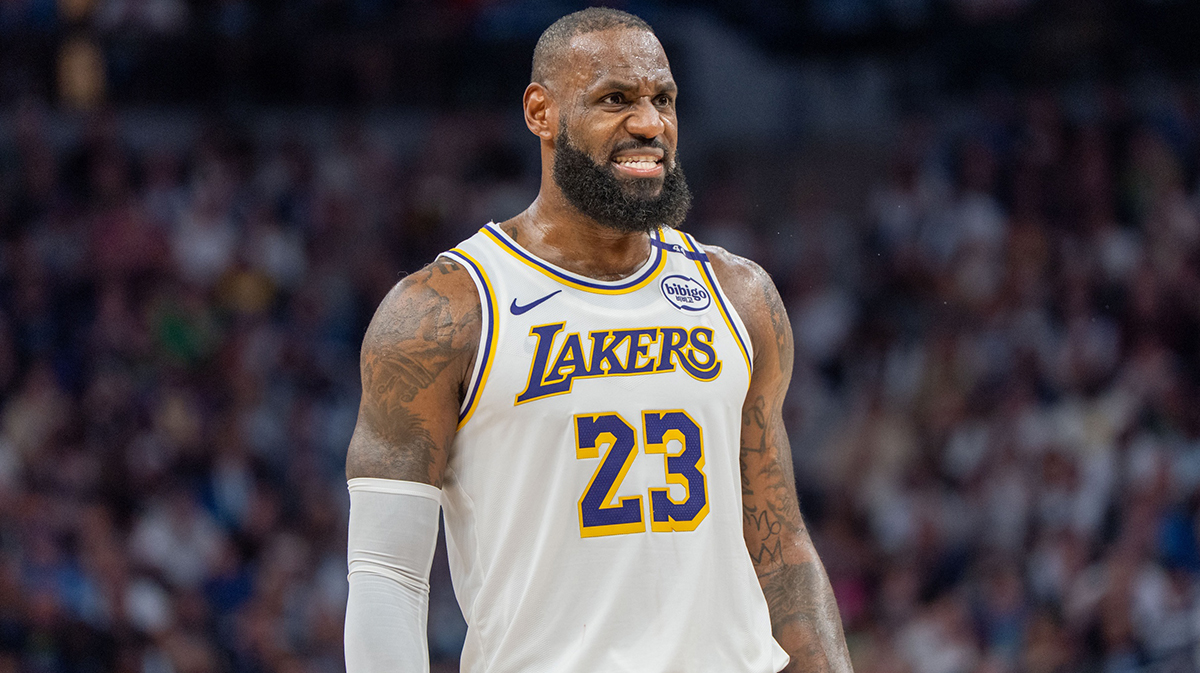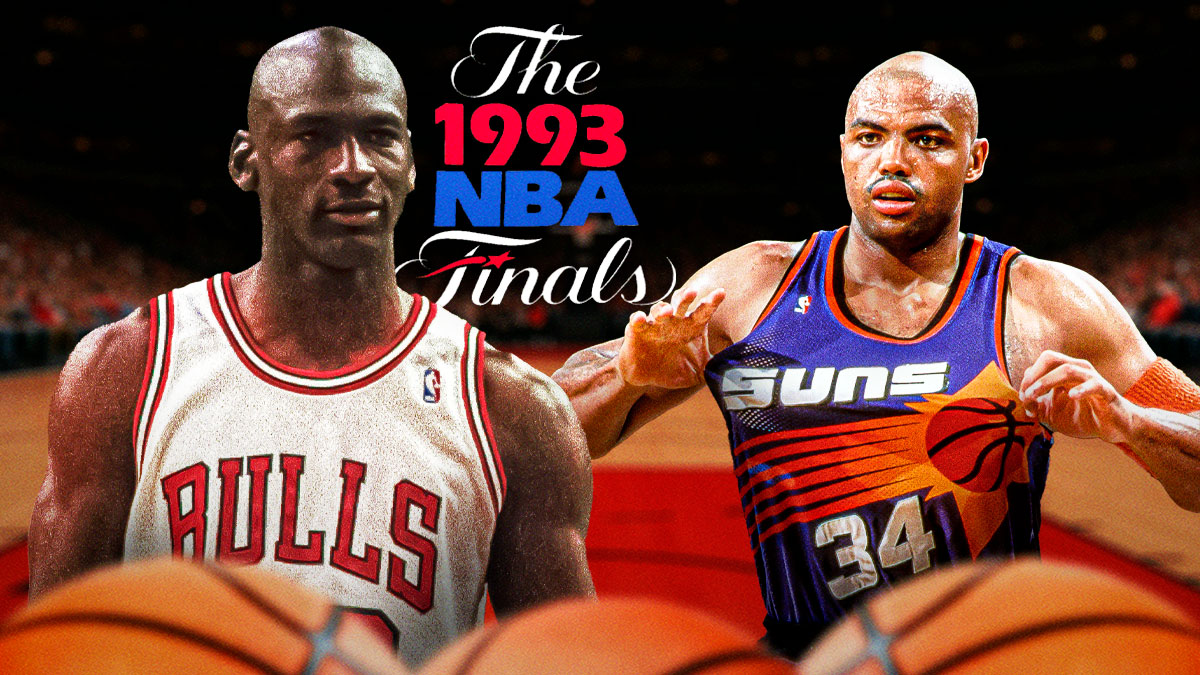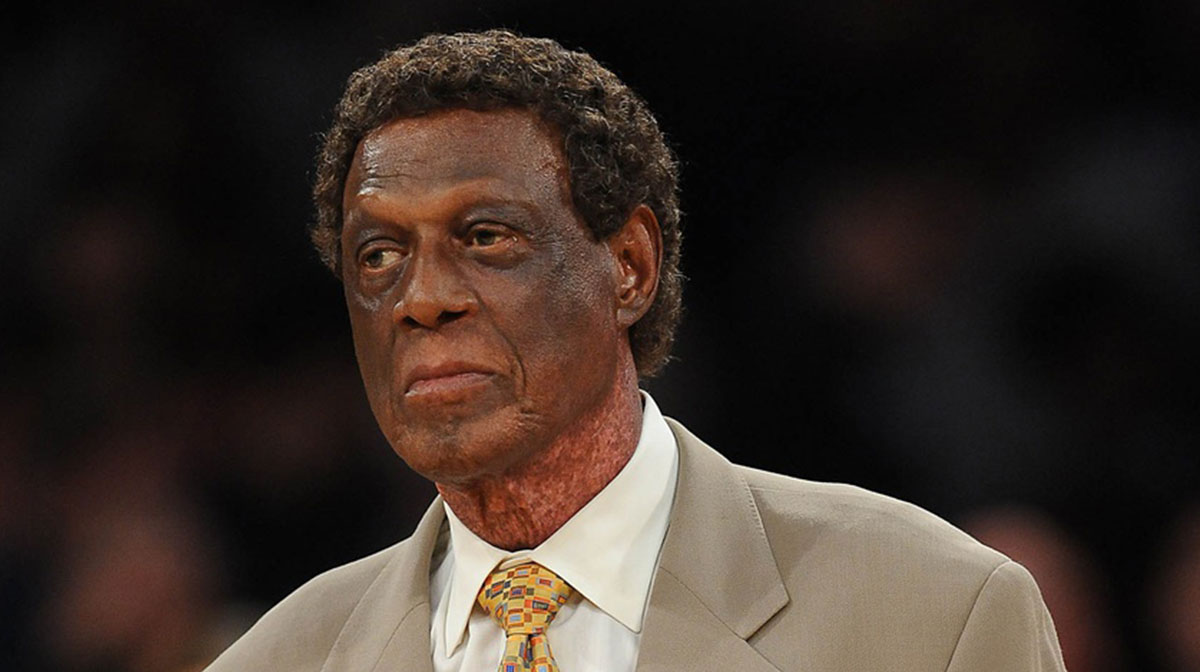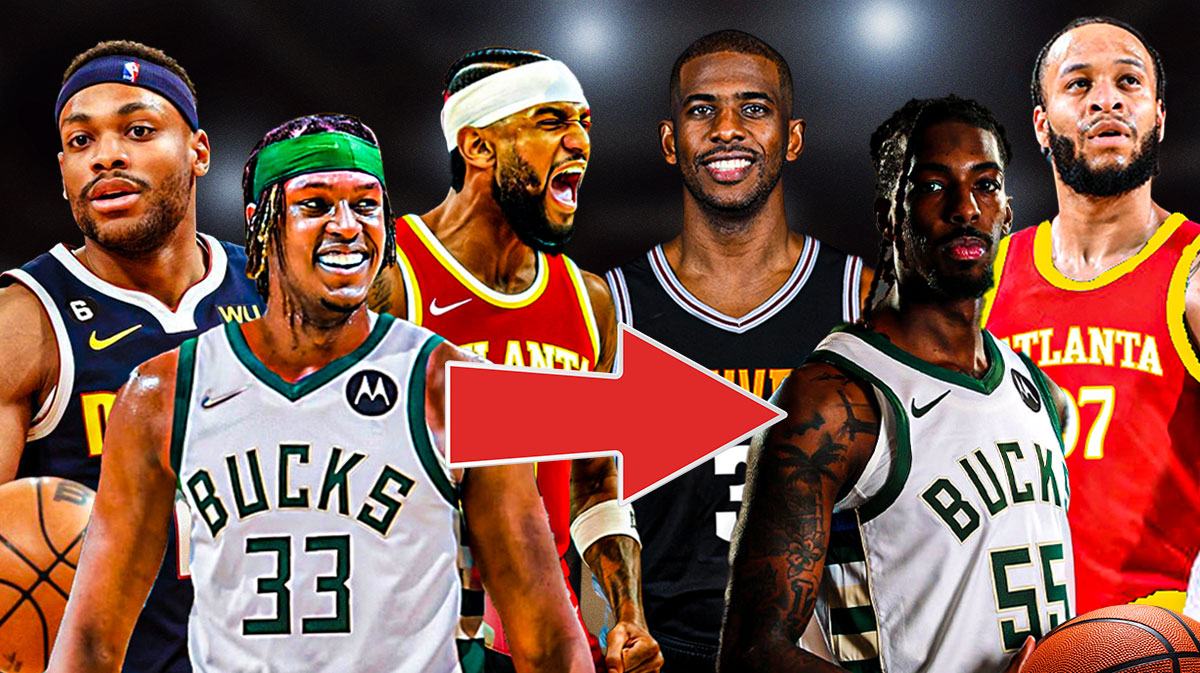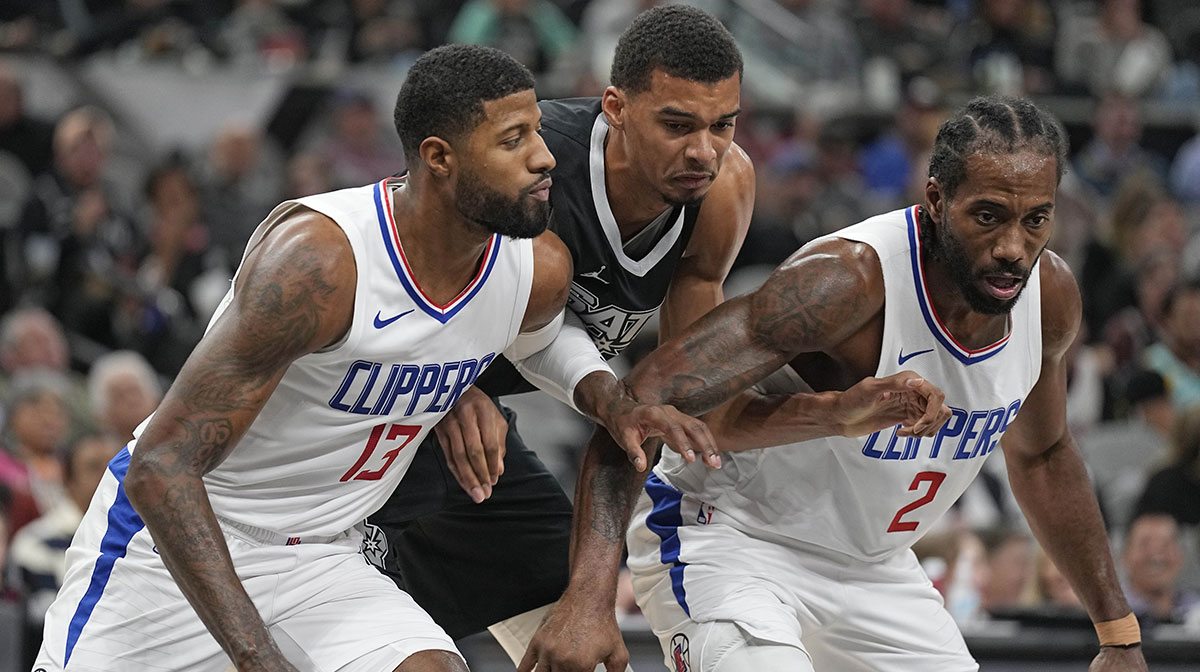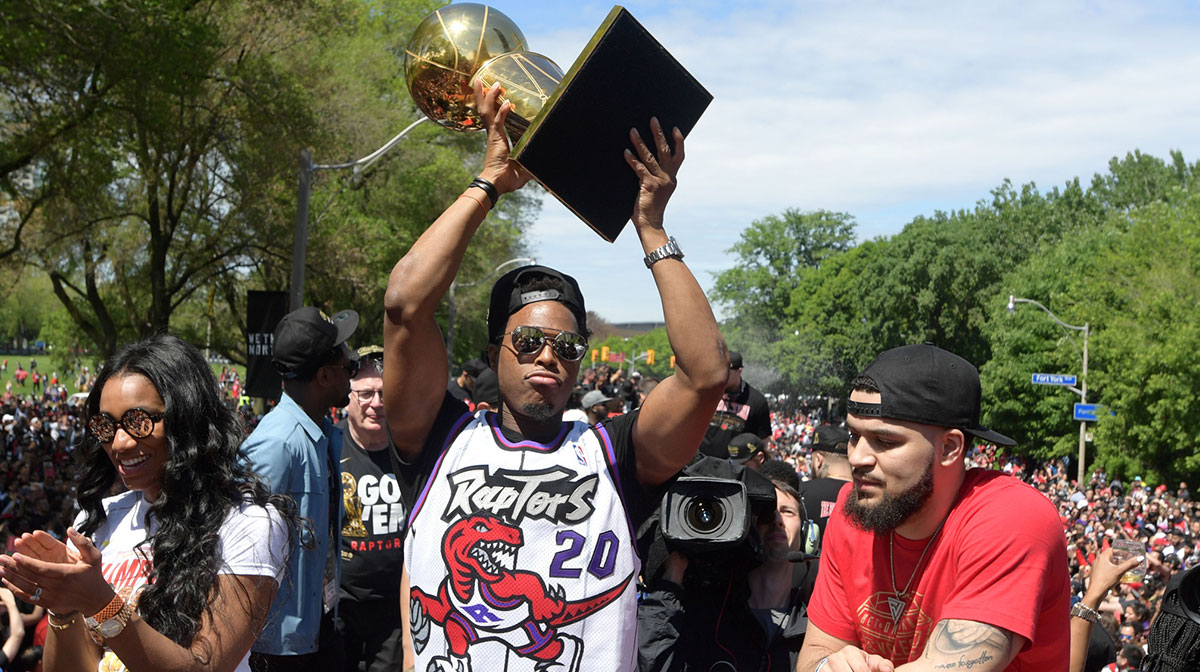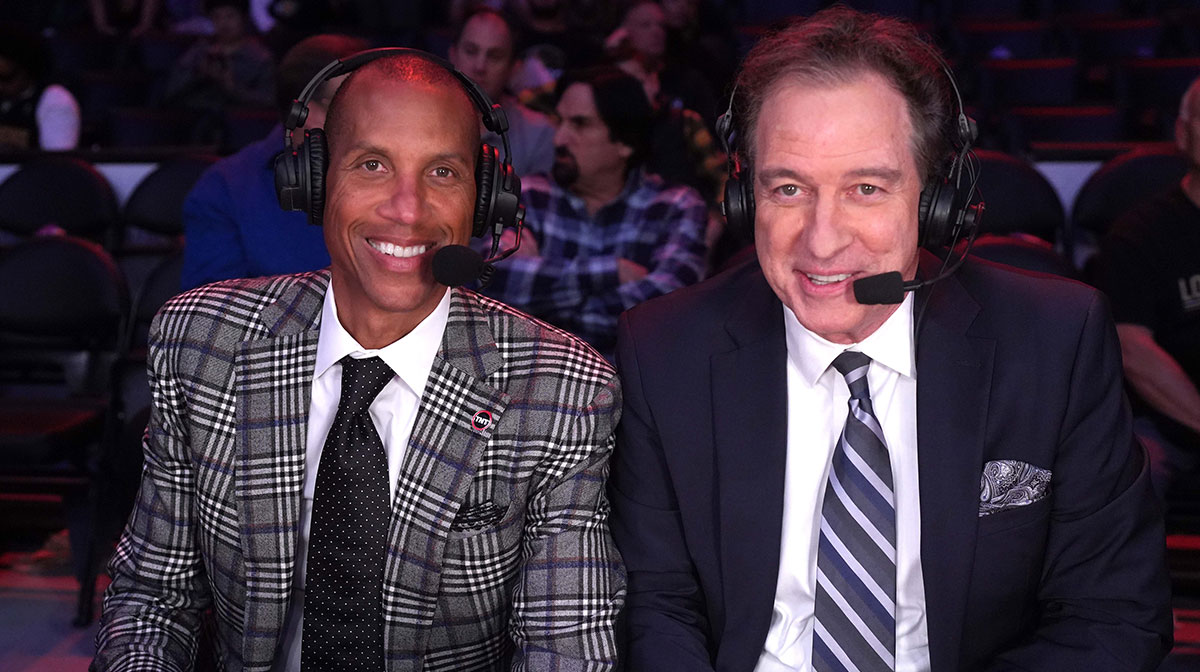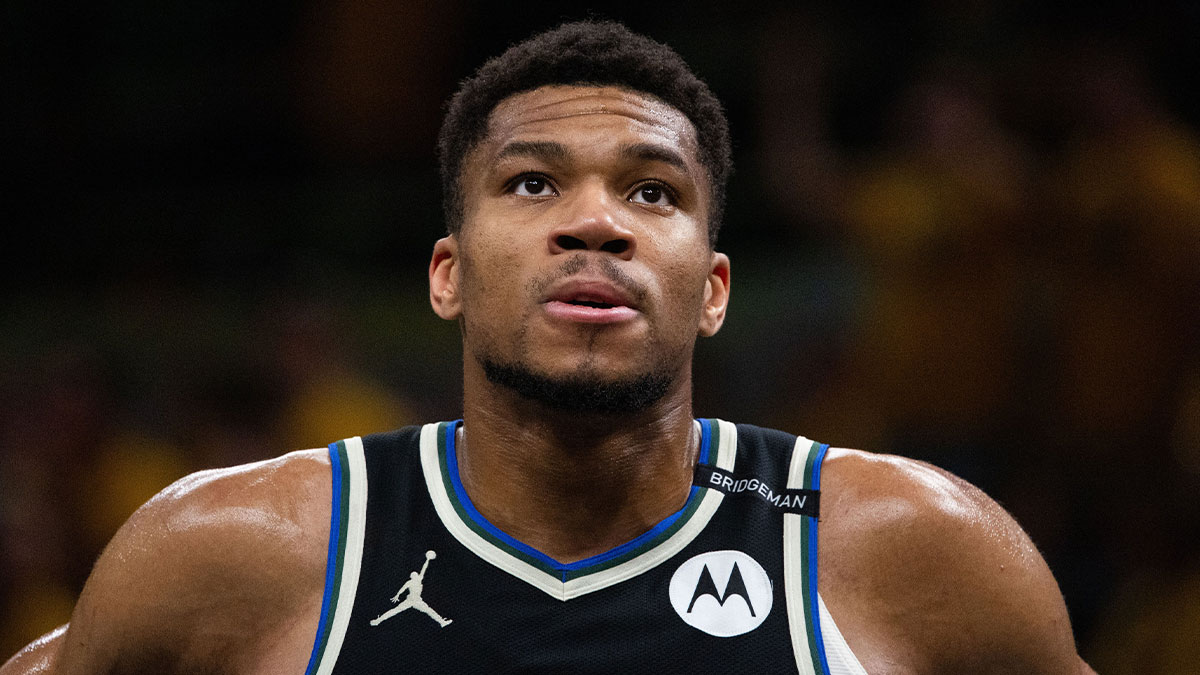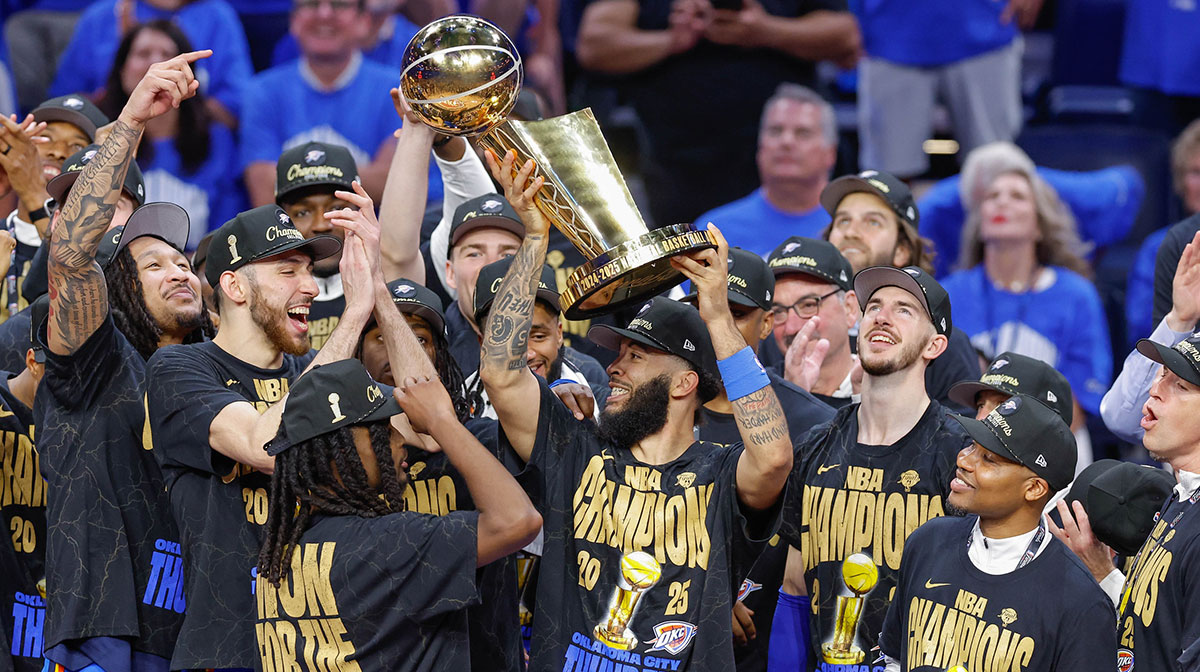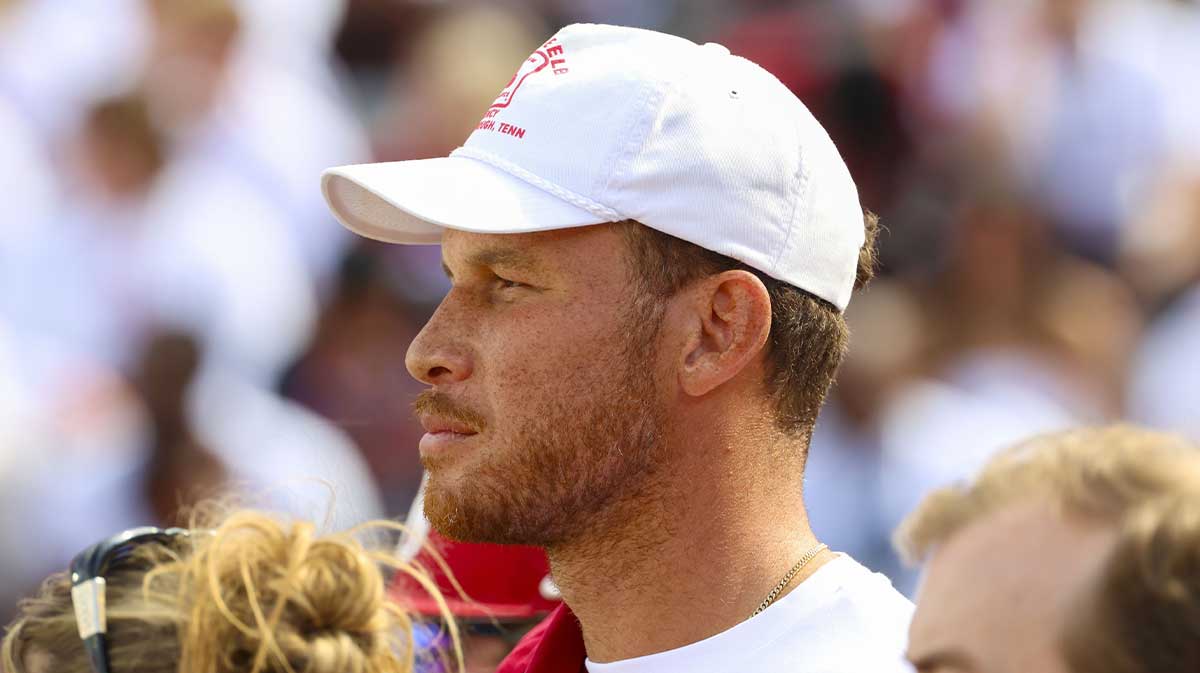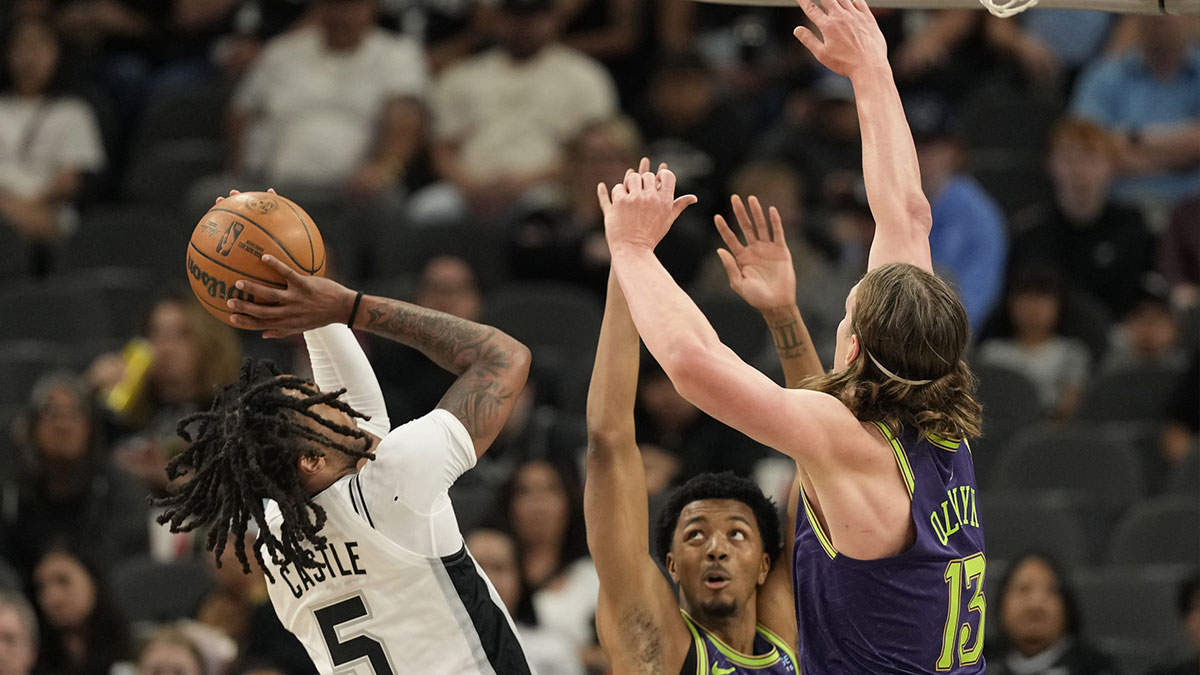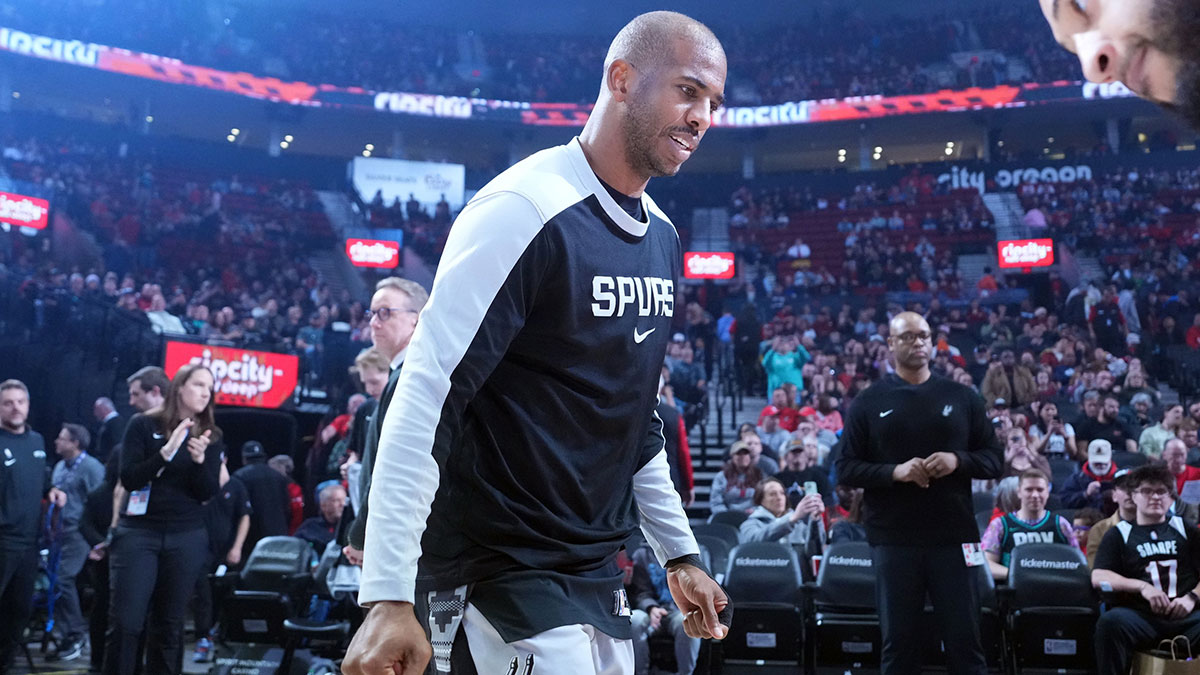The NBA hasn’t drafted high school players since 2004, preferring instead to allow them to develop their skills in college before going to the premier pro basketball league. But with the NCAA scandals rocking the world of youth basketball, the NBA may abolish the NBA’s “one-and-done” age-limit rule, providing precedence for talent over age.
It’s high time that the NBA allows high school players to be eligible for the draft once more and there is no better time to do it than now.
Here are five reasons why high school players should be allowed to declare themselves eligible for the NBA Draft.

1. The NCAA is Selfish
We all know about the corruption and greed that’s been plaguing the NCAA but they’ve also shown unmistakable selfishness in years past. When they were still eligible to be drafted by NBA teams, the NCAA kept high school players from succeeding in life by not allowing them to have a fall back should a professional career work against them.

Back then, when a high school player declared himself available for the NBA draft, he couldn’t play for the NCAA any longer, making the decision to go pro all the more risky for a prospect. Rather than help, the NCAA has limited a player’s options moving forward if they don’t get drafted.
The New York Times’ Arn Tellem made a valid point about the NCAA’s true intentions.
“If the N.C.A.A. were really interested in protecting young people it would abolish the punitive rule that provides complete loss of eligibility if high school graduates…make themselves available to be drafted. What the N.C.A.A. should do is allow these individuals the opportunity to test the draft waters and see if they sink or swim. That way the prodigies like Bryant, Garnett and McGrady can safely pursue their careers while the lesser prospects can withdraw from the draft and pursue an education.”
If the NCAA was genuinely concerned about the future of these players, they would give them the option to play for any college team despite having declared for the draft, or hiring an agent prior to the draft, in the event that things don’t work out for them.

2. Financial Rewards
One reason why high school prospects go for under-the-table deals is that some of them have legitimate family financial issues. LeBron James was one of those kids and he knew that he needed a job as soon as possible to support him and his mom.
In an interview regarding the NCAA’s corruption, James talked about being bribed prior to being drafted by the Cleveland Cavaliers.
LeBron was asked about the craziest offer he got from schools trying to recruit him.
His answer: pic.twitter.com/i807nE0RzV
— SportsCenter (@SportsCenter) February 27, 2018
“I can't even talk about that, man,” James said. “Me and my mom was poor, I'll tell you that, and they expected me to step foot on a college campus and not to go to the NBA? We weren't going to be poor for long, I'll tell you that. That's a fact.”
James was suggesting that more than a single college program was willing to bribe him just so they could get him to play for them. Bribery, under any institution, is a crime but that didn’t stop recruiters from offering James, and other upcoming prospects most likely, quite a hefty sum to make him play for them.
It also makes sense for them financially, not just for the short term but also for the long term. Tellem again explains how the current system is designed to keep players from maximizing their earning potential.

“Under the current system, he can seek an agreement that maximizes his earning potential at 22. At the expiration of his first post-rookie-scale contract, he will be young enough (28 or 29) to attract another significant deal. But if he were to attend four years of college, he would enter the N.B.A. at 22 and not be eligible for free agency until 26. At the end of that first major deal he would be 33 — far less likely to command another major one. In Garnett's case, those four extra years of college could have cost him as much as $100 million. No wonder the N.B.A. wants to make teenagers wait!”

By allowing players to get the opportunity to play in the greatest pro basketball league in the world while they’re young, they not only help the athlete, the NBA also benefits from it. The team that picks that player gets a young prospect that excites fans because of their potential.
There’s something about players coming directly from high school that creates instant marketability for the player himself and the team that drafts them more than if they came from college. James, Kobe Bryant, Tracy McGrady, and Kevin Garnett are just some of the players that were so marketable from the moment they got drafted.
As much as the players benefit financially, the buzz around that player helps the team’s visibility as well.

3. Maturity is Greater than Experience
While watching James during his first two or three years in the league, I was listening to a couple of TV commentators mention how mature the Cavs’ young superstar was despite not playing in college. One of them made a comment that I will never forget. He said that maturity is more important than experience. There are lots of NBA players with plenty of experience but they don’t have James’ maturity.

That is very true of basketball players as it is of any worker in any field.
Experience is a great teacher but experience has to be evaluated and applied appropriately for one to show maturity. There are plenty of young men in women who graduated from high school who are ready to face the world as they are.
Some of these high school players have already gone through enough experiences in life that an extra year in college isn’t necessary for them to succeed at the next level because they are mature beyond their years.
What they need right now is to test their talents against the best basketball players in the world.
4. Early Success
Fortune 500 companies have been hiring high school graduates for some time now, so why can't the NBA?

Insider Monkey listed Google, Apple, Starbucks, Costco, Nordstrom, and Home Depot as some of those that don’t value a college education as much as others do when evaluating potential workers.
“Companies are now giving more weight to the talent, attitude, and experience of individuals more than college diplomas. The truth is, some people are able to self-study and hone certain skills even without going to a university. This list is curated and collated from CNBC, Huffington Post, and Forbes. With information easily accessible and available to everyone, education is no longer limited to a classroom setting. Thus, skilled individuals are no longer exclusive to college graduates.”
College basketball coach legend and former Team USA coach Mike Krzyzewski also believes that high school basketball players deserve a chance to play in the pros immediately after graduation.

Dan Steinberg of the Washington Post transcribed Coach K’s comments he made on ESPN Radio less than a year ago.
“In baseball, in theater, in music, if you're 16 and you're really good, you go on a different path,” Krzyzewski said. “I really think that high school players should be allowed to go.”
Krzyzewski believes that a high school graduate was better off playing in the pros than playing for a college team.
“I mean, a kid who's really, really good coming out of high school, who does not want to go to school, would gain more from being in a pro system where he is working on his craft and his body and the development every day, just like a baseball player,” he said. “And I would like to see that.”
If other athletes are allowed to play in the professional leagues as teenagers, why should the NBA be any different and keep these kids from a brighter future?

5. The Role Models
Some of the best NBA players of the past decade have been those that were drafted straight out of high school. If you were to create a new Dream Team chosen strictly from those that came out of high school, you’d have an all-time team that could rival any generation’s best lineup.
Just imagine a team with Moses Malone, Garnett, James, Bryant, and McGrady as your starting lineup with the following players coming off the bench: Dwight Howard, Amar’e Stoudemire, Darryl Dawkins, Jermaine O’Neal, Shawn Kemp, Al Harrington, Rashard Lewis, Josh Smith, Lou Williams, and Monta Ellis.

Yes, Kemp went to college for a year but he didn’t play college basketball. Though he wasn’t mature enough to play the pro game immediately, Xavier McDaniel mentored the 19-year old and helped him grow into the All-Star he would eventually become.
Though there were failures when it came to preps-to-pros players (whether drafted or undrafted), there’s more than enough examples of those that made the successful transition to warrant a review of the NBA’s one-and-done rule.

Safeguards ought to be set in place to ensure these kids don’t mess up their opportunity but let’s not keep them from enjoying success early simply because of their age or their seeming lack of experience.
With the NCAA’s history of corruption in athletics brought to light, the timing could not be better to bring these prospects to the NBA as soon as they graduate from high school.

